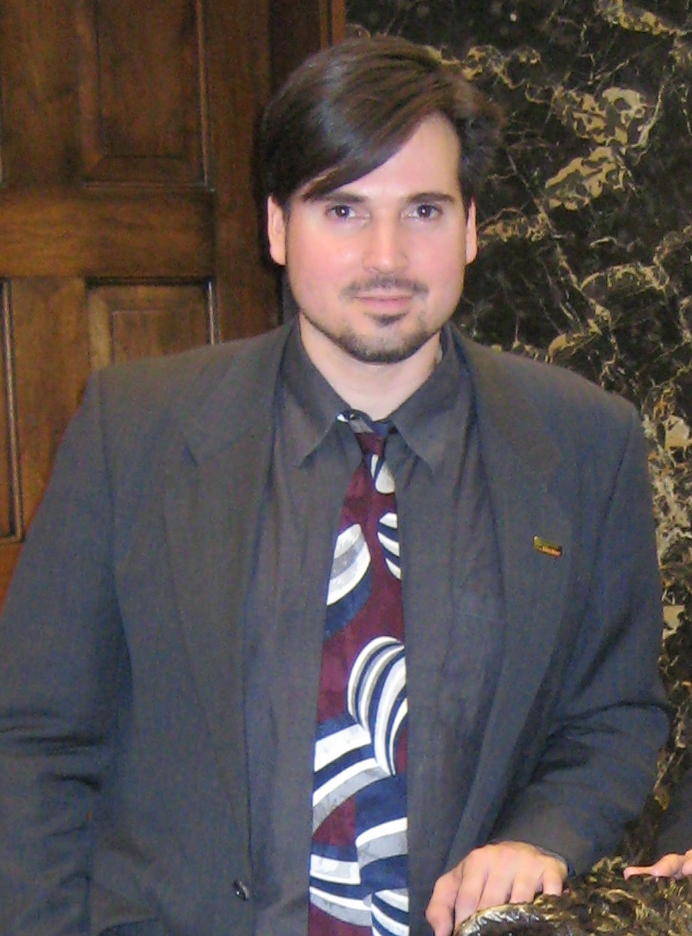
I have been working with our Bay Area regional network – the Bay Area Health in Transportation (BAHT) Collaborative – to educate advocates on the important steps going on right now. The Metropolitan Transportation Commission (MTC), which is developing our RTP, needs to support funding for regional Safe Routes to Schools and needs to require implementation of local complete streets policies—important elements to advance regional climate change goals, through the One Bay Area Grant.
After initially eliminating funding for Safe Routes to School, MTC staff listened to many members of the community who supported Safe Routes to School, and they are proposing to restore funding of $20 million for Safe Routes to School over four years. This is a huge victory for Bay Area children and parents.
Another great element in the MTC staff proposal is that it also will require cities and counties to pass Complete Streets policies to be eligible to receive One Bay Area Grant funding.
If these policies are voted into effect by the MTC Commissioners, the Bay Area can continue to be a strong example of Safe Routes to School programs, and will become a new hotbed of Complete Streets policies that can be models for the rest of the country. If advocates don’t make their voices heard we risk having these changes reversed.
We have an opportunity to weigh in on these changes between now and May 11. We are asking Bay Area residents to write MTC Commissioners to support Safe Routes to School funding in the region and Complete Streets!
Another approach that could make a difference toward achieving our regional climate change goals is if cars moved more slowly. Dropping the maximum limit by 10 mph could reduce emissions six percent by 2035 — the equivalent of taking 300,000 cars off the road, according to Amir Fanai of the Bay Area Air Quality Management District, quoted in the San Francisco Examiner.
Most speed limit changes in California have to be done at the state level, but state law, AB 321, allows cities to reduce the speed limit to 15 mph within 500 feet of schools when children are present, a change San Francisco has been working to implement. San Francisco was the first large city to take advantage of the law, though other localities, such as City of Goleta and Santa Barbara County, beat them to it, and other cities around the state are working on it.
“These safe speed zones have been a major goal for Walk SF and its members,” said Walk San Francisco executive director Elizabeth Stampe, quoted in the San Francisco Mayor’s press release. “They will help create a more safe and sustainable city, helping kids get to school safely and calming traffic in neighborhoods throughout the City. This is a big step forward for everyone who walks in San Francisco.”
Meanwhile, we hope that when the MTC commissioners vote in May, they do everything in their power to support Safe Routes to School funding and Complete Streets requirements. We will continue to activate our regional network to ensure this happens!


